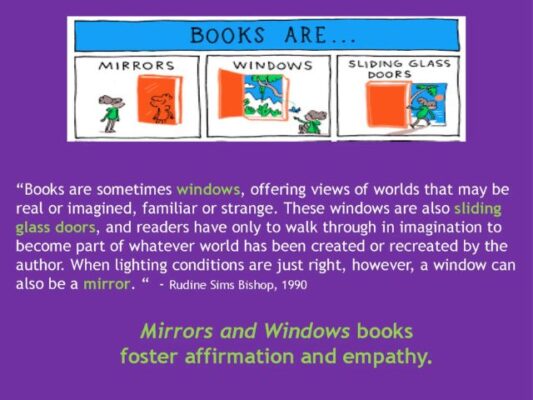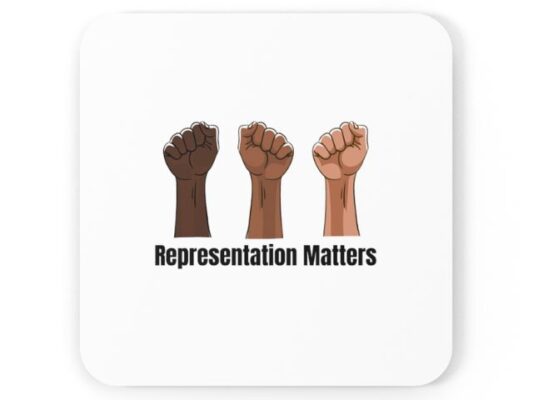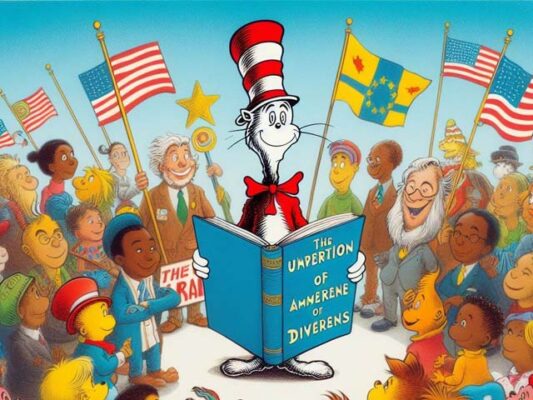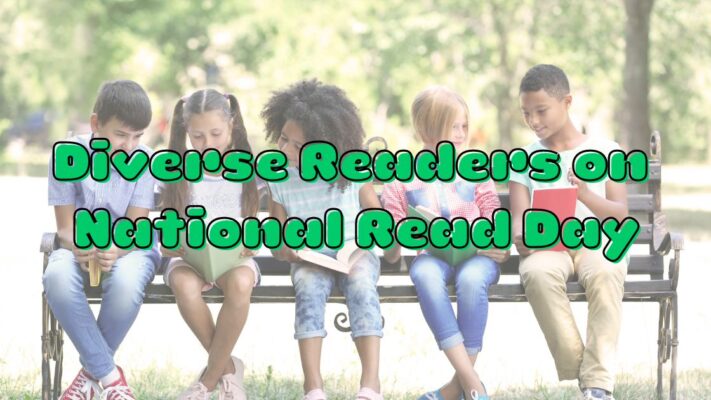In the realm of education, there looms a daunting challenge: inspiring a genuine passion for reading among students. It’s disheartening to confront the statistics that reveal a staggering 63% of students reading below their expected grade level. The 2019 National Assessment of Educational Progress (NAEP) only solidifies this concern, with a mere 34% of eighth graders demonstrating proficiency in reading. This disparity is particularly evident between students attending high-poverty schools and those in low-poverty schools.
Tackling this issue head-on necessitates a concentrated effort on equity, diversity, and accessibility. Educators are acutely aware of the necessity of ensuring that every student not only feels acknowledged but also valued and integrated into their academic journey. So, how do we bridge this gap and nurture a reading culture that embraces every individual?
A pivotal strategy lies in the intentional curation of diverse content libraries within our educational institutions. Let’s delve deeper into why this approach is so crucial:
Mirrors, Windows, and Sliding Glass Doors

Rudine Sims Bishop’s metaphor of books as mirrors, windows, and sliding glass doors strikes a chord.
– Mirrors: Literature reflecting students’ realities, experiences, and identities validates their sense of self and fosters a profound sense of belonging.
– Windows: Exposure to diverse cultures, perspectives, and backgrounds through literature serves as a window into worlds unknown, broadening students’ horizons and nurturing empathy.
– Sliding Glass Doors: Books offer students the opportunity to step beyond the confines of their immediate circumstances, immersing themselves in narratives that transcend their reality, fostering empathy and connection.
Empowerment Through Representation

Representation in literature goes far beyond mere visibility; it’s about empowerment. For students from marginalized communities—whether Black, Hispanic, Asian, Indigenous, or others—encountering authentic stories that resonate with their lived experiences is not just empowering; it’s affirming. These narratives not only engage students academically but also validate their identities, instilling a sense of pride and self-worth.
Cultivating Empathy Through Immersive Narratives

The impact of a compelling narrative extends far beyond the pages of a book. When students engage with characters from diverse backgrounds, they embark on empathetic journeys, traversing the landscapes of others’ lives. These literary voyages cultivate compassion, enabling students to develop a deeper understanding of people whose experiences differ from their own.
Building Inclusive Communities Through Shared Stories

Diverse literature serves as a powerful catalyst for building inclusive communities within educational settings. It underscores the principle that every member of the community – regardless of race, ethnicity, socio-economic status, or ability – brings value and richness to the collective narrative. Through shared stories, diversity becomes not just a concept but a lived reality, fostering unity amidst diversity.
As educators, it’s incumbent upon us to champion the cause of diversity in literature, celebrating the multifaceted tapestry of human experiences. By embracing cultural richness and promoting inclusivity in our reading materials, we not only enhance literacy skills but also nurture empathetic, enlightened individuals who appreciate the beauty of our wonderfully diverse world.
To further explore insightful articles and resources aimed at fostering a love for Reading Across America, visit our website. Together, let’s embark on a journey of discovery and inclusivity through the power of literature.
Related Posts
- Inclusive Reading: Evolving Read Across America
- Hunter x Hunter Creator Confirms Series’ Return
- Champions Announced: The Game Awards 2023 Winners Uncovered







